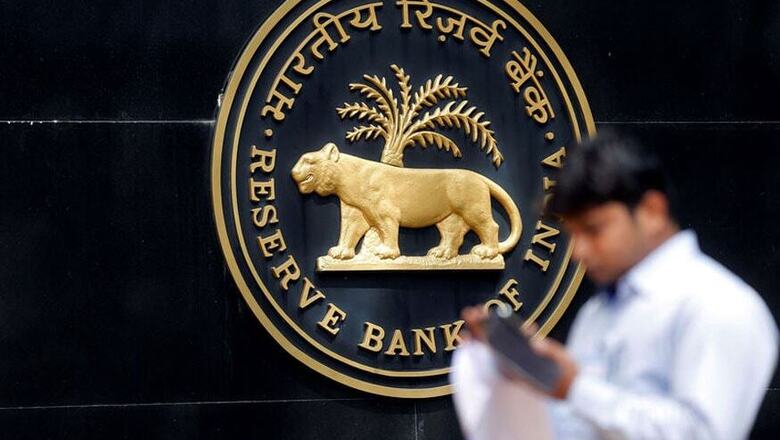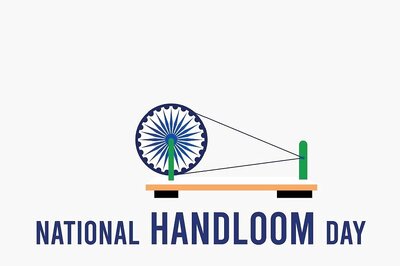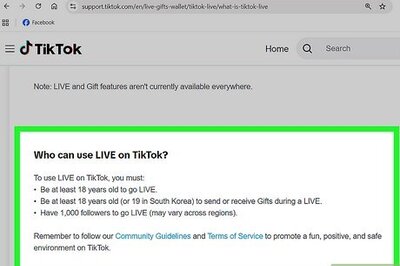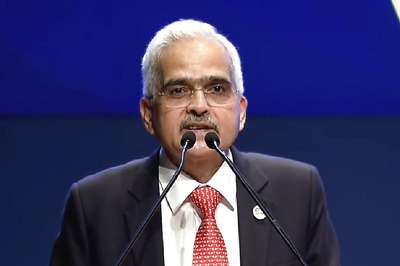
views
New Delhi: Resolving the non-performing assets (NPAs) crisis has been a priority for the government. News18 has learnt that the Finance Ministry is thinking of a plan B, to be deployed if the current approach to resolving bad loans does not make substantial progress within a few weeks.
The government and the Reserve Bank of India have identified 12 biggest corporate defaulters which account for about 25% of total NPAs of around Rs 8 lakh crore. Forcing a resolution of these accounts under the Insolvency Code will have a domino effect on the rest, according to government. However, key officials will review the progress made in 2-3 months before taking a decision on whether to change tactics.
The government’s philosophy is not to be tied down to a particular approach, but work with whatever method is most likely to resolve NPAs and kick-start lending and economic activity. Officials indicated that they want to see ‘substantial progress’ by the end of this calendar year.
“We are hoping our current approach will work, but if it doesn’t we will think of something else,” an official who has been closely involved with formulating policy to resolve NPAs told News18. “The point is to force a resolution,” the official added.
When asked about what the Plan B was, the official didn’t divulge any details, saying that the progress of the current plan was being monitored closely.
This is not to say that the current approach is not working. In fact, of the 12 defaulters, 10 are facing insolvency proceedings, including Jaypee Infratech, Lanco Infratech and Bhushan Steel. The RBI has not made the names of defaulters public, but a report in Firstpost suggested that these three together have defaulted on around Rs 94,464 crore.
The key to the current approach to resolving NPAs revolves around 2 laws: The Insolvency and Bankruptcy Code passed in 2016 and the Banking Regulation (Amendment) Ordinance, which was converted into a law during the Monsoon Session of Parliament.
The two laws put into place most of the regulatory framework and ecosystem related to corporate insolvency by April 2017. In May the Ordinance gave the government and RBI additional powers to crack the whip on chronic defaulters (which are some of the largest corporates in their respective sectors, mostly steel, power and infrastructure) and in June the central bank identified the top 12 debt laden companies which owed money to banks.
Once the National Company Law Tribunal (NCLT) approves the insolvency petition brought by the relevant bank against the debtor, an insolvency resolution professional is appointed to look at ways in which the debt can be resolved. If in 6 months, plus an additional 3 months at the NCLT’s discretion, a resolution is not found the company automatically goes into dissolution and its assets are sold to pay off creditors and investors.
However, the final resolution of debts for the 12 companies could well be late next year. For instance, in the case of Bhushan Steel, a notice on their website states that the estimated date of closure of insolvency proceedings will be “18 days from the commencement of resolution process, which is January 22, 2018”.
But the Finance Ministry and PMO may not want to wait that long to see if the current approach is yielding results and may fine tune or even tweak the strategy. It will be around the broad framework of the NCLT, oversight committee and Joint Lenders Forum, under the auspices of the two laws. Multiple sources have stressed that the so called ‘bad bank’ approach is not being considered.
The ‘bad bank’ refers to the creation of a new bank which will purchase the NPAs from the other banks and be responsible for their recovery. However, the setting up of a bad bank will itself take a year and filling up the posts will take an additional year, which is far too much time for a government that wants a quick resolution to NPAs.




















Comments
0 comment